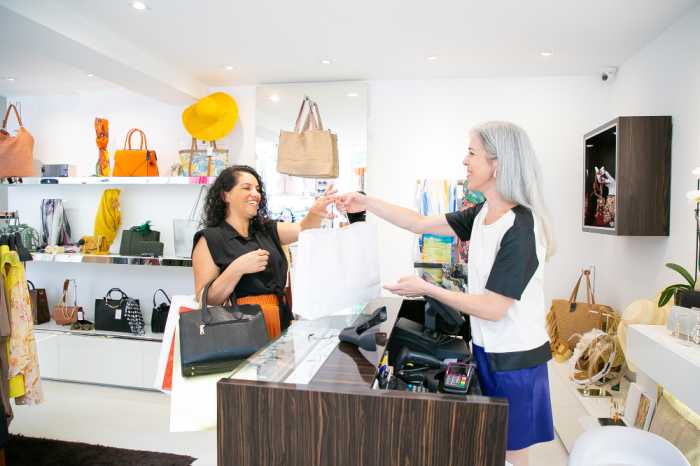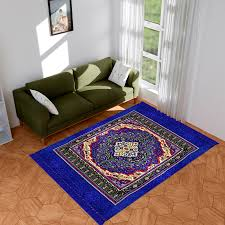In the ever-evolving world of fashion and lifestyle, luxury goods stand tall as symbols of status, taste, and individuality. With rising global affluence and consumer desire for exclusivity, the luxury goods market is expanding its influence across age groups, income brackets, and continents. Beyond just high-end fashion, luxury now encompasses an entire ecosystem of experiences, craftsmanship, and prestige-driven consumption.
📊 Understanding Market Segmentation: Luxury Beyond Labels
To truly grasp the luxury goods market, it’s essential to break it down by its key segments. This segmentation not only reveals consumer preferences but also helps businesses tailor strategies that align with evolving market dynamics.
🧥 By Product Type: Apparel Still Dominates
Luxury fashion continues to command a stronghold in the market. Under this segment, we observe:
-
Apparel: Timeless fashion pieces, designer wear, and couture still account for the largest share, setting the tone for seasonal trends and styling standards.
-
Handbags/Purses: These are not just accessories—they’re collectible assets. Top-tier brands like Chanel, Louis Vuitton, and Hermès dominate this space.
-
Footwear: Luxury sneakers, leather boots, and couture heels have transformed footwear into a high-value style statement.
-
Others: Includes fine jewelry, watches, and high-end eyewear, which continue to enjoy growing demand due to their perceived investment value.
Each of these categories plays a pivotal role in maintaining consumer engagement and brand loyalty, especially among new-age buyers who seek value and prestige in every purchase.
👨👩👧 By End-User: Women Lead, But Men and Kids Follow Fast
Traditionally, women have been the primary audience for luxury goods, but demographic shifts are reshaping the landscape:
-
Women: This segment remains the largest contributor, accounting for 50.1% of the market. From handbags to couture, luxury for women remains highly personalized and aspirational.
-
Men: A rapidly growing segment. With the rise of grooming culture, streetwear, and luxury sportswear, men’s fashion is seeing consistent growth.
-
Kids: Children’s luxury wear and accessories are becoming increasingly popular, especially in affluent urban markets. Designer brands are curating exclusive collections targeting young fashion-forward families.
As luxury becomes more inclusive, brands are expanding their target audiences across age and gender spectrums, creating new opportunities for market growth.
🛒 By Distribution Channel: Where Luxury Lives
Distribution strategies are central to the success of any luxury brand. The right platform not only delivers the product but also reinforces the brand’s identity and customer experience.
-
Retail Stores: Still the cornerstone of luxury sales, accounting for 29.5% of the market in 2024. These offer curated, sensory-rich environments that resonate with luxury consumers.
-
Department Stores: They offer convenience and access to multiple brands, making them ideal for high-footfall luxury shopping in urban settings.
-
Specialty Stores: These exclusive outlets enhance brand prestige and deliver deeply personalized service, which is key in luxury buying behavior.
-
Online Retailers: E-commerce continues to evolve. Third-party luxury platforms like Net-a-Porter and Farfetch provide global reach while preserving exclusivity.
-
Company Websites: Direct-to-consumer sales via official brand sites are growing, ensuring authenticity, personalization, and stronger customer relationships.
-
Other Distribution Channels: Include luxury pop-ups, private showrooms, and exclusive invite-only experiences. These are growing in relevance among ultra-high-net-worth individuals.
Luxury brands that offer omnichannel experiences—seamlessly blending online and offline touchpoints—are better positioned to capture market share in this fast-evolving retail environment.
🌍 Final Thoughts: The Future of Luxury is Diverse and Digital
As the luxury goods market matures, it’s evident that diversification and digitalization will be key to its sustained growth. Segment-wise strategies—whether in product development, user engagement, or distribution—will define how brands capture hearts and wallets in this competitive arena.
For businesses, investors, and marketers, understanding these segments isn’t just helpful—it’s essential. Targeting the right audience with the right offering, through the right channel, is the foundation for success in today’s luxury economy.
With rising income levels, shifting cultural narratives, and digital empowerment, the luxury goods market is not just growing—it’s transforming. Brands that innovate while staying authentic to their legacy will lead this golden era of global luxury.
- Key Segments Fueling Luxury Industry Growth
- The global luxury goods market is set to grow from USD 247.4 billion in 2024 to USD 451.5 billion by 2034, driven by rising affluence, Asia Pacific dominance, and evolving consumer trends across apparel, women's segments, and retail experiences.
- luxury goods, market trends
Related posts:
 Discover the Best Fence Installation Services in Omaha with Huskins Services LLC
Discover the Best Fence Installation Services in Omaha with Huskins Services LLC
 Summer Solstice Party Ideas & Activities for a Magical Celebration | BizzCrave
Summer Solstice Party Ideas & Activities for a Magical Celebration | BizzCrave
 At the Time of Booking: What to Keep in Mind During a Medical Emergency
At the Time of Booking: What to Keep in Mind During a Medical Emergency
 Beyond Sadness: What Depression Really Feels So Bad and Agressive
Beyond Sadness: What Depression Really Feels So Bad and Agressive
 Free Pay Stub Generator: Instantly Create Accurate Pay Stubs Online
Free Pay Stub Generator: Instantly Create Accurate Pay Stubs Online
 The Ultimate Guide to Ecommerce WordPress Themes for Beginners
The Ultimate Guide to Ecommerce WordPress Themes for Beginners
 How to Perform an HS Code Search for Canada Imports with Utrader Logistics
How to Perform an HS Code Search for Canada Imports with Utrader Logistics
 Is Corteiz the Top Choice for the Future of French Streetwear Style?
Is Corteiz the Top Choice for the Future of French Streetwear Style?







